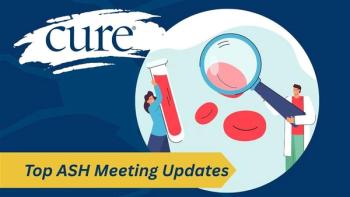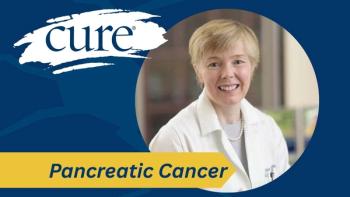
Research interest grows in BRCA-mutation positive cancers
As research is showing us, individuals with BRCA mutation-positive breast cancer have a very unique disease when compared with other breast cancers, even among those with triple-negative disease. While a class of drugs called PARP inhibitors has garnered attention in this patient population, a new class called CDK (cyclin-dependent kinases) inhibitors is emerging that may be just as promising.In this phase 1 study, two drugs are combined for a synergistic effect. Sapacitabine is a drug that induces a single strand break in the double-stranded DNA of the cancer cell. In cells with BRCA mutations, the DNA is unable to repair itself and the cell dies. The second drug, seliciclib, which is a CDK inhibitor, also disrupts cell repair mechanisms, but also blocks a pro-survival protein. When seliciclib is added to sapacitabine, the effect is maximized. Last year at the American Society of Clinical Oncology's annual meeting, researchers published preliminary results of the trial. In a typical phase 1 study, researchers give varying doses of the treatment to determine the highest and safest dose for patients. Of the 19 patients who received the maximum tolerated dose, three patients had a partial response and one had stable disease. Six other patients saw their tumor stabilize at other doses.Results presented today at AACR to the press include 38 patients now enrolled in the trial who have various solid tumor types. The full presentation will be reported on Tuesday. The initial response of the combination was significant in patients with BRCA-mutation cancers. Four of the patients, who have BRCA mutation-positive pancreatic, breast or ovarian cancer, have experienced at least some shrinkage in their tumors. Eight additional patients had no tumor growth for at least 12 weeks. Several patients had prior treatment with PARP inhibitors and platinum-based chemotherapies, but tumor responses were seen mostly in those who had not received a prior PARP inhibitor. Side effects from seliciclib included fatigue and nausea and sapacitabine increased the risk of neutropenia.Although there are no specific treatments approved for patients with BRCA-mutation cancers, this combination may be promising, along with the potential for PARP inhibitors. "We finally have some drug classes that are addressing these [BRCA-mutation positive] patients," says George Shapiro, one of the lead investigators of the study from Dana-Farber Cancer Institute.





